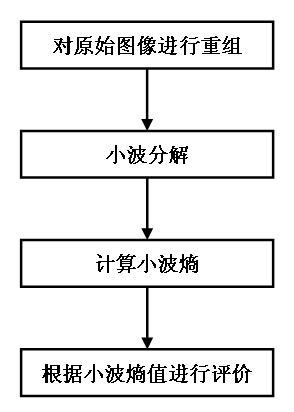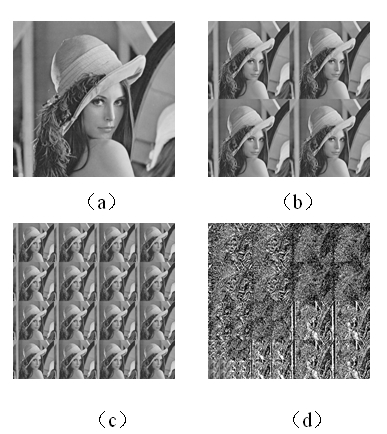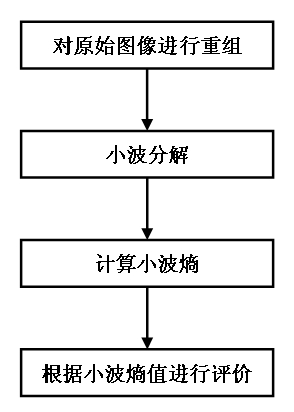Non-reference image quality evaluating method based on wavelet and structural self-similarity analysis
An image quality evaluation and self-similarity technology, applied in the field of image processing, can solve the problems of only considering the distribution characteristics, not reflecting, and not considering the factors of human eye adaptive adjustment
- Summary
- Abstract
- Description
- Claims
- Application Information
AI Technical Summary
Problems solved by technology
Method used
Image
Examples
Embodiment Construction
[0021] The technical scheme of the present invention is described in detail below in conjunction with accompanying drawing:
[0022] as attached figure 1 For the original image shown in (a), when using the method of the present invention for quality evaluation, follow the steps below:
[0023] Step 1. Reconstruct the original image to be evaluated to include A new image of self-similar sub-blocks, It is an integer greater than or equal to 1; the specific method of said recombination is:
[0024] According to the following formula, the pixels in the original image I Moved to the new image I' in place,
[0025]
[0026] In the formula, L and H represent the width and height of the original image respectively, and mod is a modulo operation,
[0027] when , the new image I' is the recombined image containing A new image of self-similar sub-blocks, the recombination process is equivalent to using the similarity of the image in the spatial neighborhood, extracting ...
PUM
 Login to View More
Login to View More Abstract
Description
Claims
Application Information
 Login to View More
Login to View More - R&D
- Intellectual Property
- Life Sciences
- Materials
- Tech Scout
- Unparalleled Data Quality
- Higher Quality Content
- 60% Fewer Hallucinations
Browse by: Latest US Patents, China's latest patents, Technical Efficacy Thesaurus, Application Domain, Technology Topic, Popular Technical Reports.
© 2025 PatSnap. All rights reserved.Legal|Privacy policy|Modern Slavery Act Transparency Statement|Sitemap|About US| Contact US: help@patsnap.com



